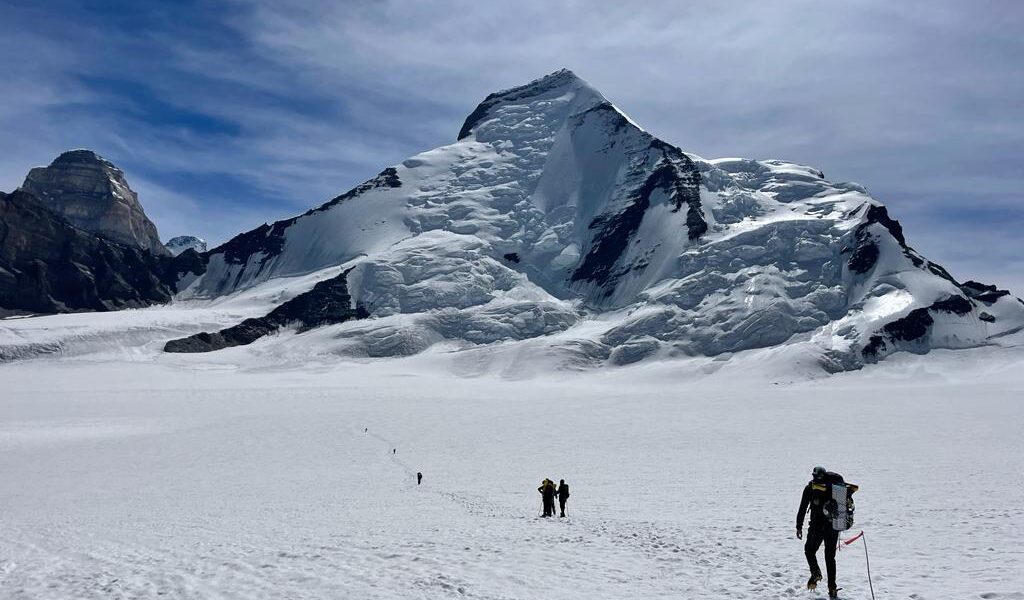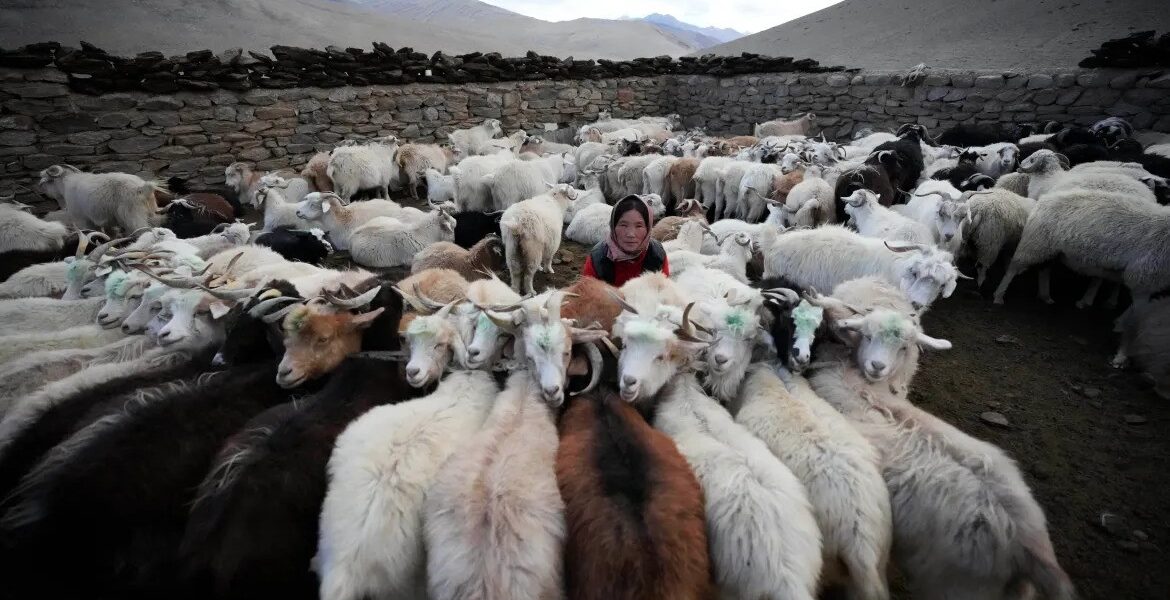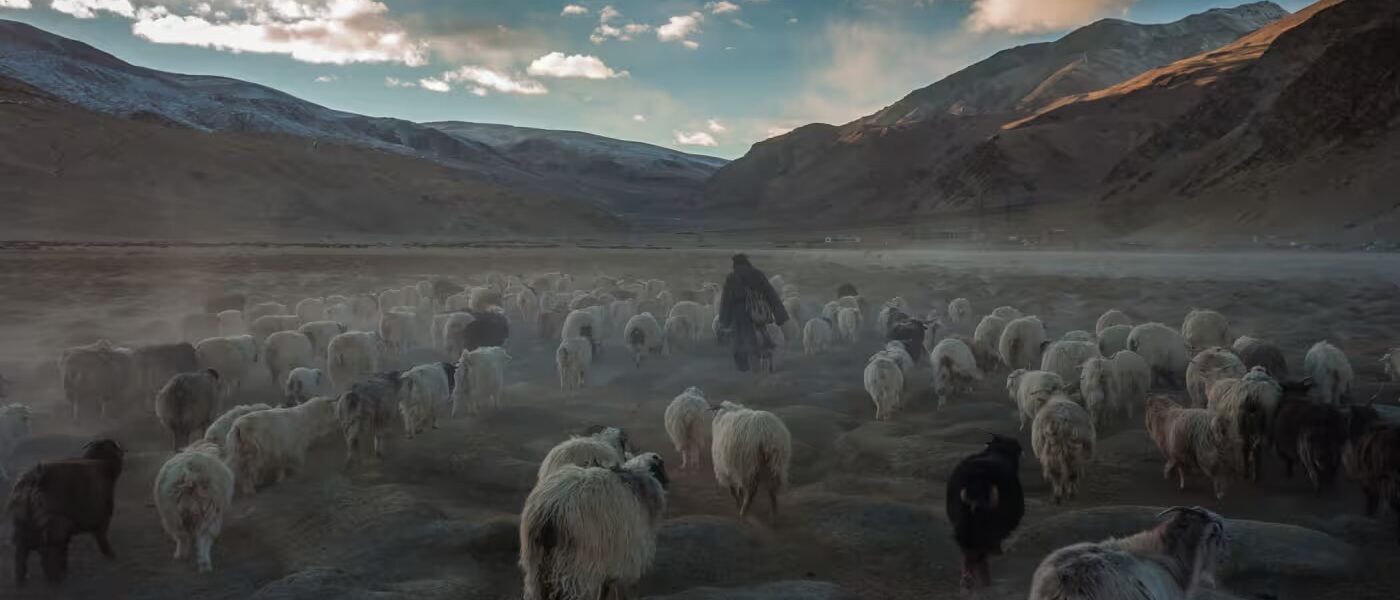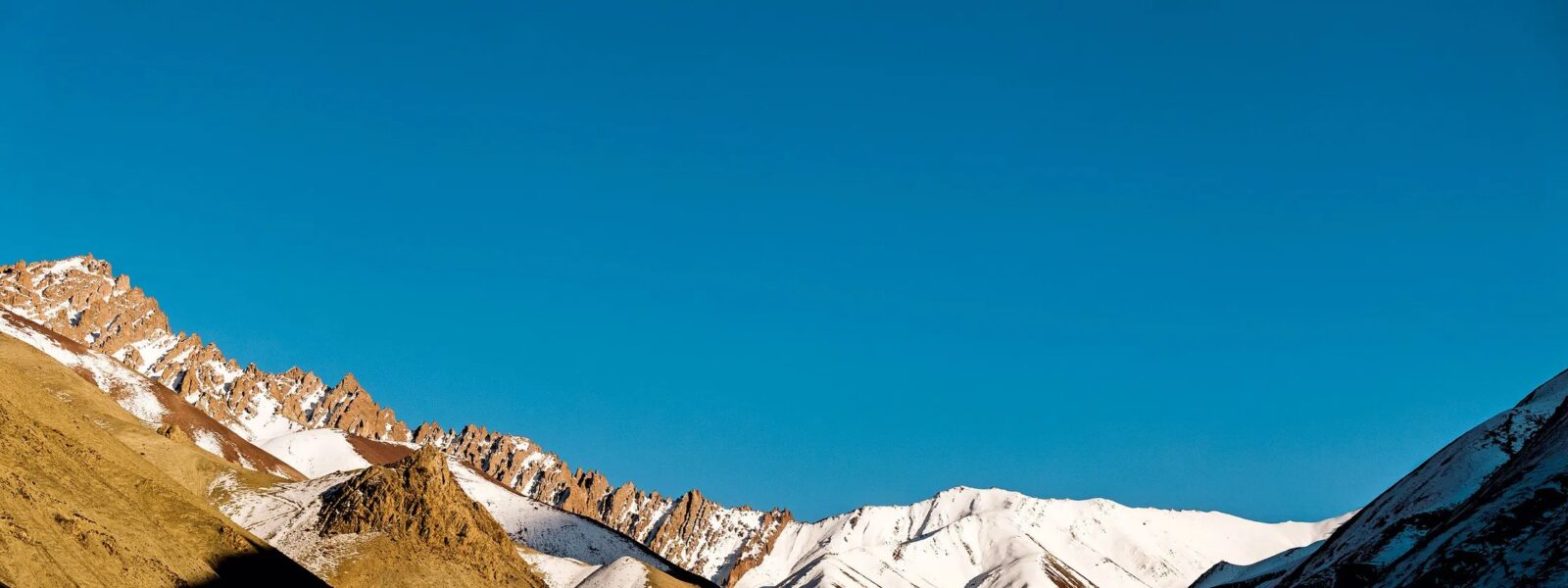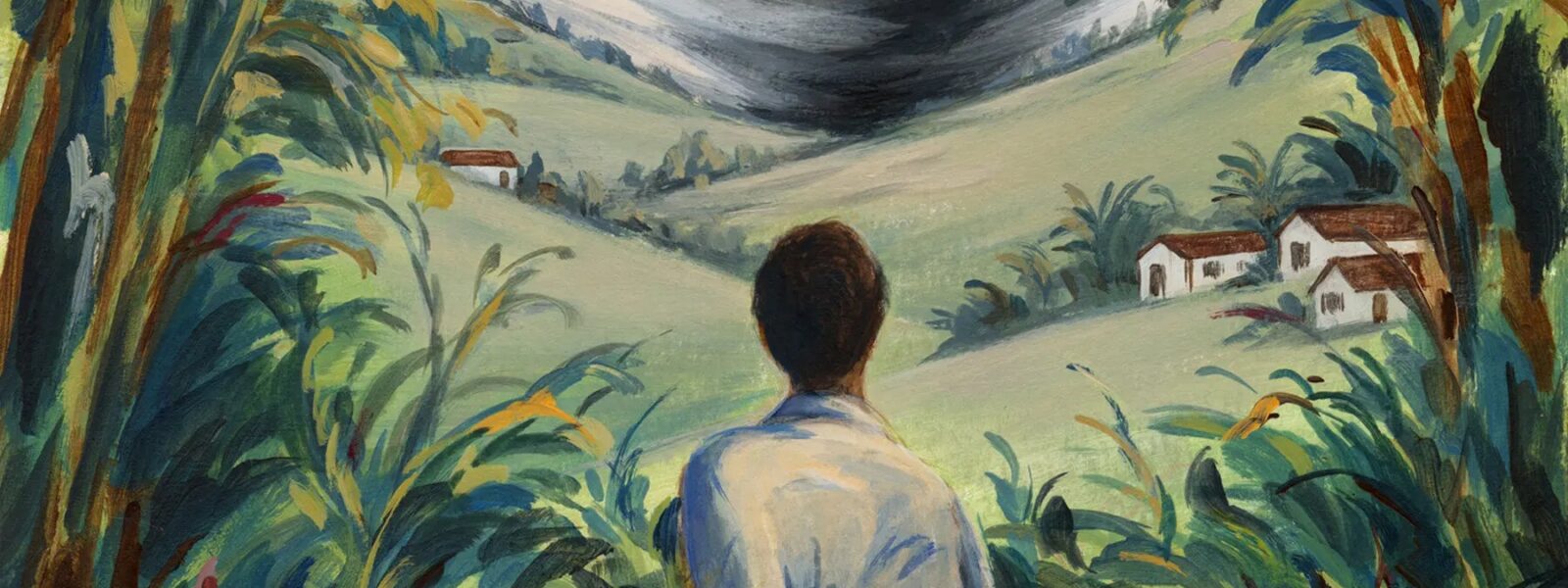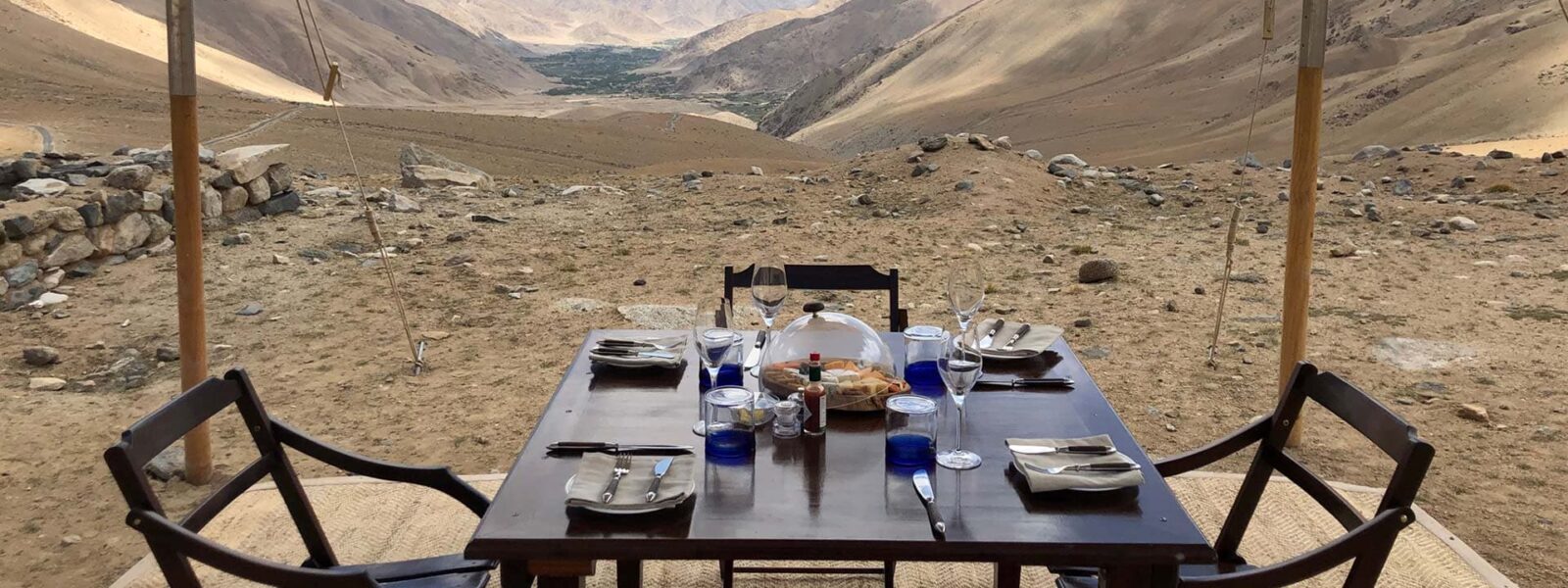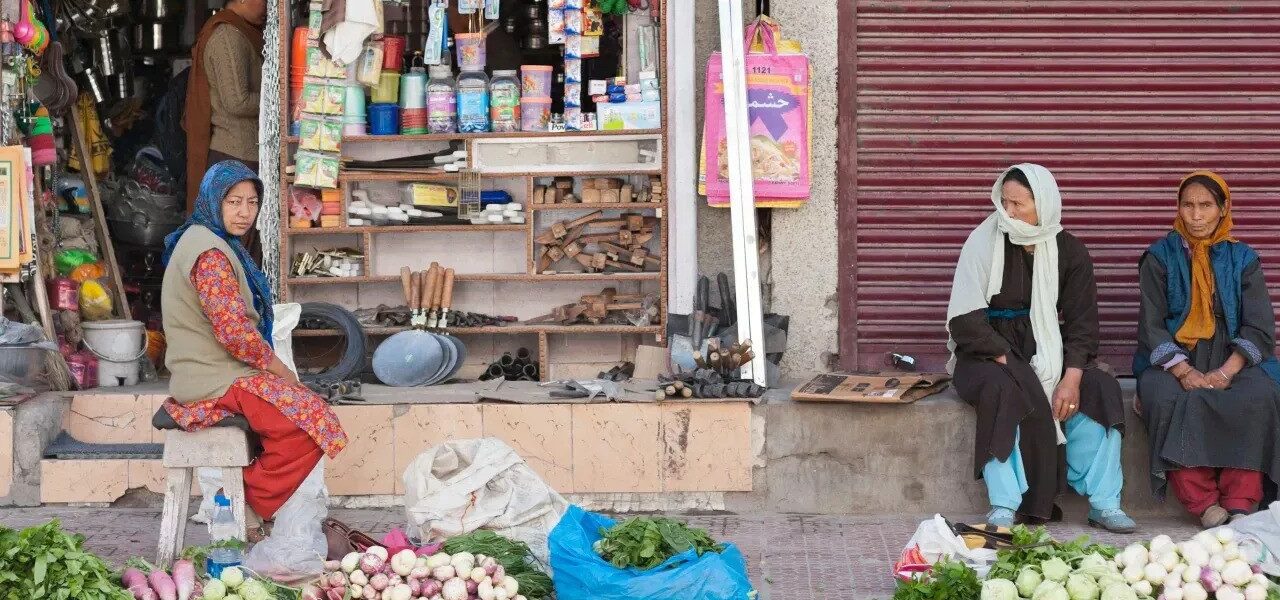Trekking the Nun Kun Peaks from Suru Valley in Ladakh is an expedition that challenges even the most seasoned climbers. These majestic twin peaks—Mount Nun at 7,135 meters and Mount Kun at 7,077 meters—are part of the formidable Zanskar Range and present a test of endurance, skill, and mental toughness. For those looking for a high-altitude trekking adventure, the journey to Nun Kun is both a thrilling and rewarding experience, offering breathtaking views, pristine landscapes, and a sense of unparalleled achievement.
In this blog post, we’ll dive deep into the Nun Kun expedition, explore the beauty of Suru Valley, and provide essential insights for anyone daring to take on this mountaineering challenge.
Trekking the Nun Kun Peaks: A Journey through Suru Valley
Overview of the Nun Kun Peaks
The Nun Kun Peaks are among the most prominent in the Zanskar Range. While Mount Nun is the highest, towering at 7,135 meters, Mount Kun is only slightly lower at 7,077 meters. Both mountains offer climbers a thrilling yet arduous challenge. Trekkers and mountaineers are often drawn to these peaks not only for their height but also for the technical expertise required to summit them.
The twin peaks are considered ideal for experienced mountaineers looking to push their limits in high-altitude trekking. With steep inclines, snow-covered ridges, and complex glacier navigation, the Nun Kun expedition demands both physical strength and mental stamina. Successful climbers often describe the view from the summit as otherworldly, with a panoramic expanse of the Himalayan ranges spread out in every direction.
“Climbing Nun Kun was the toughest but most rewarding challenge of my life. The sense of achievement I felt at the summit is indescribable.”
— Emily Richards, Adventure Enthusiast, Australia
The Suru Valley: Gateway to the Nun Kun Peaks
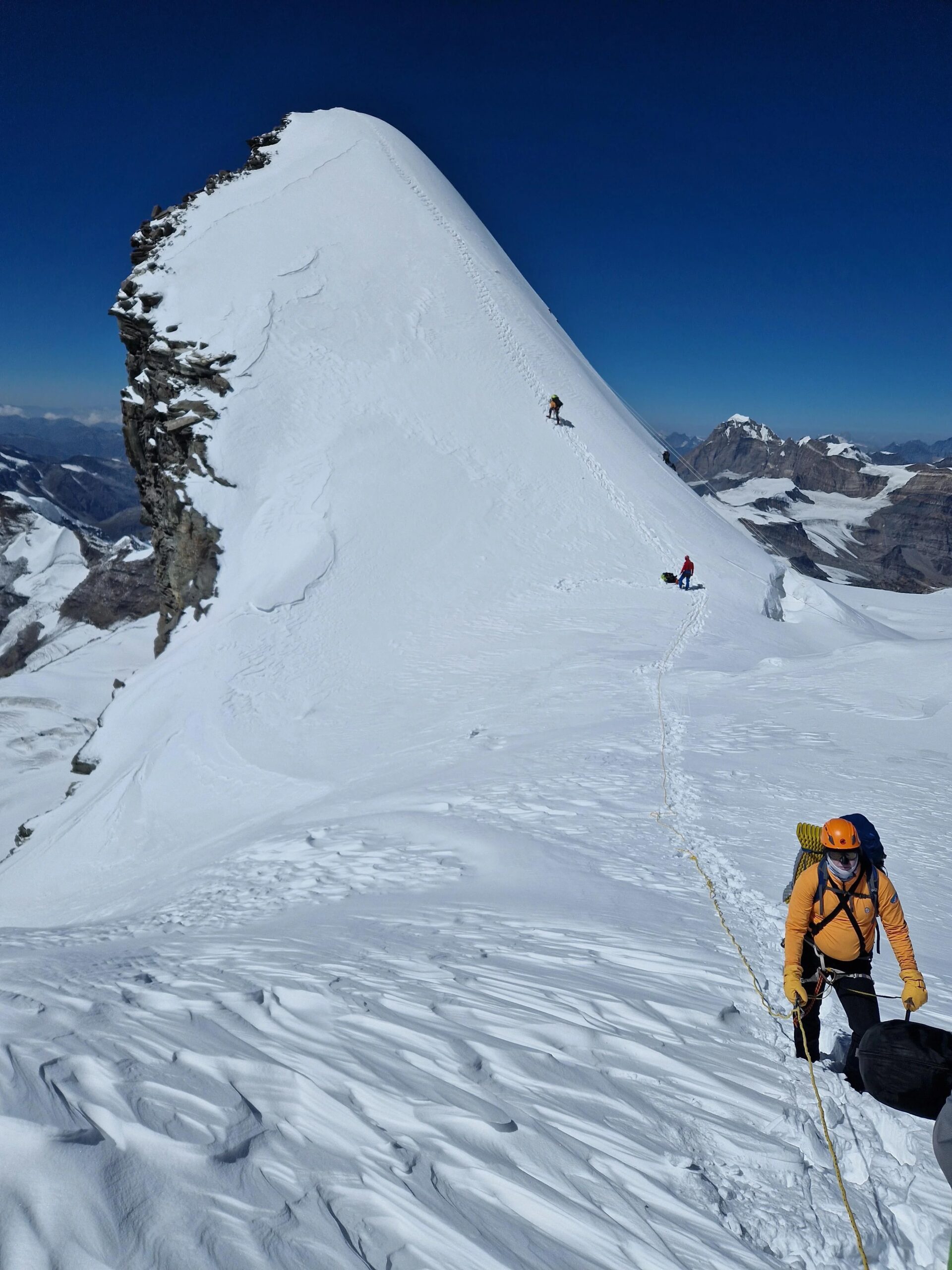
The Suru Valley, often described as one of Ladakh’s hidden gems, serves as the starting point for the Nun Kun expedition. Located at an elevation of about 3,000 meters, this valley is known for its lush greenery, contrasting sharply with the rugged mountains that surround it. The Suru River meanders through the valley, providing trekkers with picturesque views of meadows and alpine pastures.
The valley is also home to quaint villages where locals live a traditional lifestyle. Many trekkers spend a day or two here to acclimatize before the trek and immerse themselves in the valley’s rich cultural and natural beauty. The Suru Valley offers the perfect balance of serenity and adventure, making it an essential part of the overall Nun Kun experience.
“Suru Valley was an unexpected highlight of our trek. The locals were welcoming, and the landscape was breathtaking. It was the calm before the storm of tackling Nun Kun.”
— Thomas Mueller, Civil Engineer, Germany
Why Trekking the Nun Kun Peaks is a High-Altitude Challenge
The Nun Kun Peaks pose a significant challenge due to their elevation and the technical nature of the climb. Trekkers must be well-prepared to handle extreme altitude, unpredictable weather, and the physical demands of the ascent. Many climbers experience altitude sickness as they approach base camp, which sits at around 4,800 meters, and acclimatization is critical.
For the Nun Kun expedition, mountaineers need to be adept at glacier navigation, rock climbing, and snow trekking. As you ascend, you’ll face steep ice walls, deep crevasses, and rocky outcrops that require careful maneuvering. The summit push is often the most grueling part, requiring climbers to endure cold temperatures, high winds, and thin air.
“I underestimated how tough Nun Kun would be. The climb tested my endurance, but the view from the top made every step worth it.”
— Maria Vasquez, Photographer, Spain
Preparing for the Nun Kun Expedition
Physical and Mental Preparation for High-Altitude Climbing
Preparation is key for a successful Nun Kun expedition. Given the high-altitude challenge, climbers need to be in excellent physical condition. Training should begin months in advance and should focus on building endurance, leg strength, and cardiovascular fitness.
Climbers are also encouraged to engage in mental preparation, as high-altitude climbs can be mentally exhausting. Meditation and breathing exercises are often recommended to help climbers stay focused and calm under pressure.
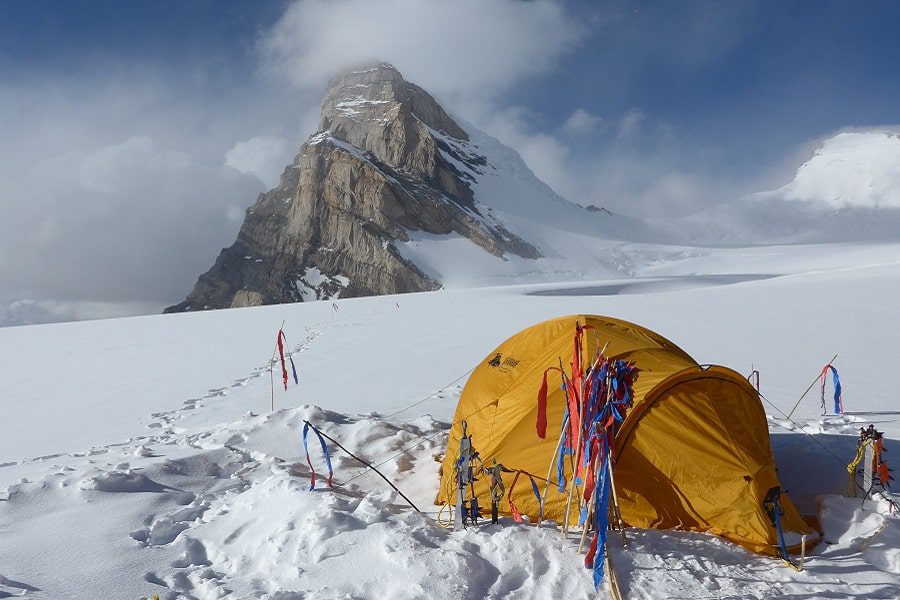
Training Tips for the Nun Kun Expedition:
- Cardio training: Focus on running, cycling, or swimming to build stamina.
- Strength training: Incorporate leg presses, lunges, and squats to strengthen lower body muscles.
- Endurance hikes: Practice on long, steep treks at a lower altitude before attempting high-altitude peaks.
“The mental aspect of the climb was just as tough as the physical. I found that daily meditation and visualization exercises really helped during the summit push.”
— David Nakamura, Software Developer, Japan
Acclimatization and Altitude Sickness Prevention
Acclimatization is critical when trekking in high-altitude regions like Nun Kun. Spending time at lower base camps helps the body adjust to the lower oxygen levels. It’s also important to stay hydrated, eat high-energy foods, and avoid overexertion during the initial days of the trek.
Climbers are advised to follow the “climb high, sleep low” strategy, where they ascend to a higher altitude during the day but return to a lower altitude to sleep. Altitude sickness can be fatal if not properly managed, so climbers should recognize symptoms like headaches, dizziness, nausea, and shortness of breath early on.
“I didn’t take altitude sickness seriously at first, but after feeling dizzy at 5,000 meters, I realized how important it was to acclimatize properly.”
— Liam O’Connor, Adventure Guide, Ireland
Trekking Routes and Best Time to Visit the Nun Kun Peaks
Popular Trekking Routes to the Nun Kun Peaks
The Nun Kun expedition begins from the Suru Valley and typically follows a well-established route to base camp. From base camp, the climb involves crossing glaciers, climbing icy ridges, and scaling rocky walls. This trek requires technical skills, especially for glacier crossings.
Most trekkers take around 18-21 days to complete the trek, which includes acclimatization periods and summit attempts.
Popular Route Itinerary:
- Day 1-3: Arrival in Suru Valley and acclimatization.
- Day 4-7: Trek to base camp at 4,800 meters.
- Day 8-15: Acclimatization at base camp and summit attempts.
- Day 16-20: Descent back to Suru Valley.
“The trek to base camp was beautiful but challenging. The glacier crossings were tricky, and the cold was intense. But we were well-prepared, thanks to our guides.”
— Arjun Kapoor, Marketing Executive, India
Ideal Time for the Nun Kun Expedition
The best time to embark on the Nun Kun expedition is between June and September. During these months, the weather is relatively stable, with clear skies and milder temperatures. However, conditions at high altitudes can change rapidly, so trekkers must be prepared for sudden snowstorms and high winds.

“We chose late August for our trek, and the weather was perfect for most of the journey. Clear skies made the summit attempt all the more stunning.”
— Ingrid Johansen, Teacher, Norway
The Nun Kun Trekking Experience
Base Camp Experience: Setting Up at the Foot of Nun Kun
Setting up base camp at the foot of Mount Nun is a surreal experience. The camp is situated on a remote plateau, surrounded by towering peaks and glistening glaciers. Climbers spend several days here to acclimatize and prepare for their summit attempts.
At base camp, climbers will practice using their technical equipment, rehearse glacier safety protocols, and rest before the strenuous ascent. The environment is harsh, but the stunning views of the surrounding mountains make the challenges worthwhile.
“Base camp was remote and cold, but waking up to the sun rising over Nun Kun made every morning magical.”
— Emily Richards, Adventure Enthusiast, Australia
Logistics and Travel Tips for Nun Kun Trek
Trekking Permits and Regulations
Trekkers must obtain special permits to access the Nun Kun Peaks and Suru Valley. These can be arranged through local trekking agencies or government offices in Leh. Ensure all necessary paperwork is completed before beginning your trek, as climbing without a permit can result in penalties.
Hiring Local Guides and Porters in Suru Valley
Hiring an experienced local guide is highly recommended for the Nun Kun expedition. Local guides are familiar with the terrain and weather patterns, and their expertise can make a significant difference in a successful summit attempt. Additionally, porters can help carry gear, allowing climbers to conserve energy for the more challenging sections of the trek.
“Our guide was incredible. His local knowledge helped us avoid dangerous areas, and he knew exactly how to handle the changing weather.”
— Sophie Chen, Fitness Coach, USA
Conclusion: Conquering the Nun Kun Peaks
Trekking the Nun Kun Peaks from Suru Valley is not just a high-altitude challenge—it’s an adventure of a lifetime. For those willing to push themselves to the limit, the rewards are immense: stunning landscapes, personal growth, and the pride of standing atop one of Ladakh’s highest peaks. Whether you’re a seasoned mountaineer or an experienced trekker, Nun Kun offers an unparalleled experience in the heart of the Himalayas.
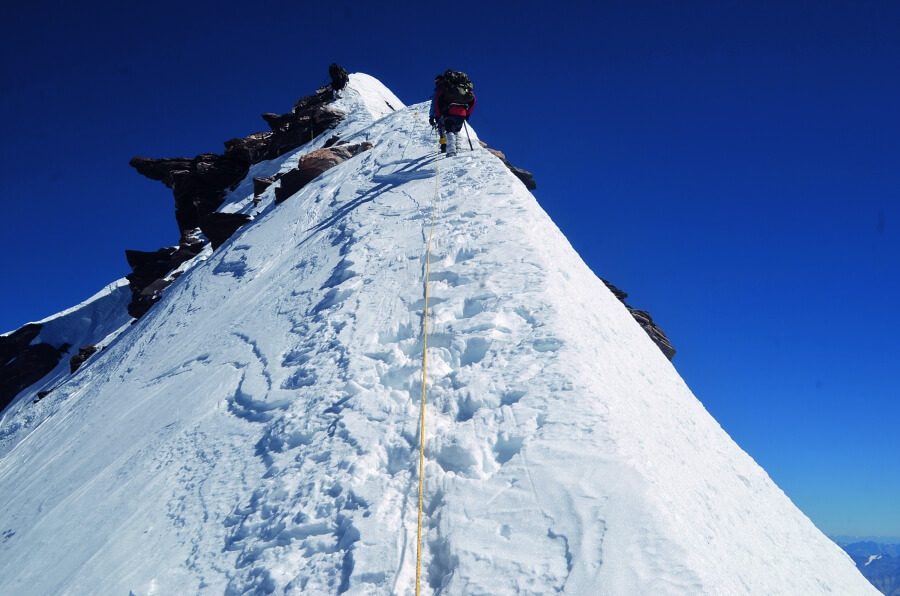
“Reaching the summit of Nun Kun was one of the most profound experiences of my life. I can’t recommend this trek enough for anyone looking for an unforgettable adventure.”
— David Nakamura, Software Developer, Japan
Frequently Asked Questions (FAQ)
1. How difficult is the Nun Kun expedition?
The Nun Kun expedition is considered highly challenging, requiring technical skills such as glacier navigation and rock climbing. It is recommended for experienced trekkers with prior high-altitude experience.
2. What is the best time to trek Nun Kun Peaks?
The best time to embark on the Nun Kun expedition is from June to September, when the weather is relatively stable, and the snow conditions are more favorable.
3. How do I acclimatize during the Nun Kun trek?
Acclimatization is crucial. Trekkers should follow the “climb high, sleep low” rule, and spend time at base camps to adjust to the high altitude before attempting the summit.
4. Do I need a permit for the Nun Kun trek?
Yes, you will need special permits to access the Nun Kun Peaks and Suru Valley. These can be arranged through local agencies or in Leh.
5. Can beginners trek Nun Kun?
Nun Kun is not recommended for beginners. Due to its technical nature and extreme altitude, it is better suited for experienced trekkers and mountaineers.
6. What kind of gear is essential for the Nun Kun expedition?
Essential gear includes high-altitude boots, technical climbing equipment (like ropes, harnesses, and crampons), warm clothing, tents, and oxygen supplies. Preparing with the right gear is crucial for safety and success.

